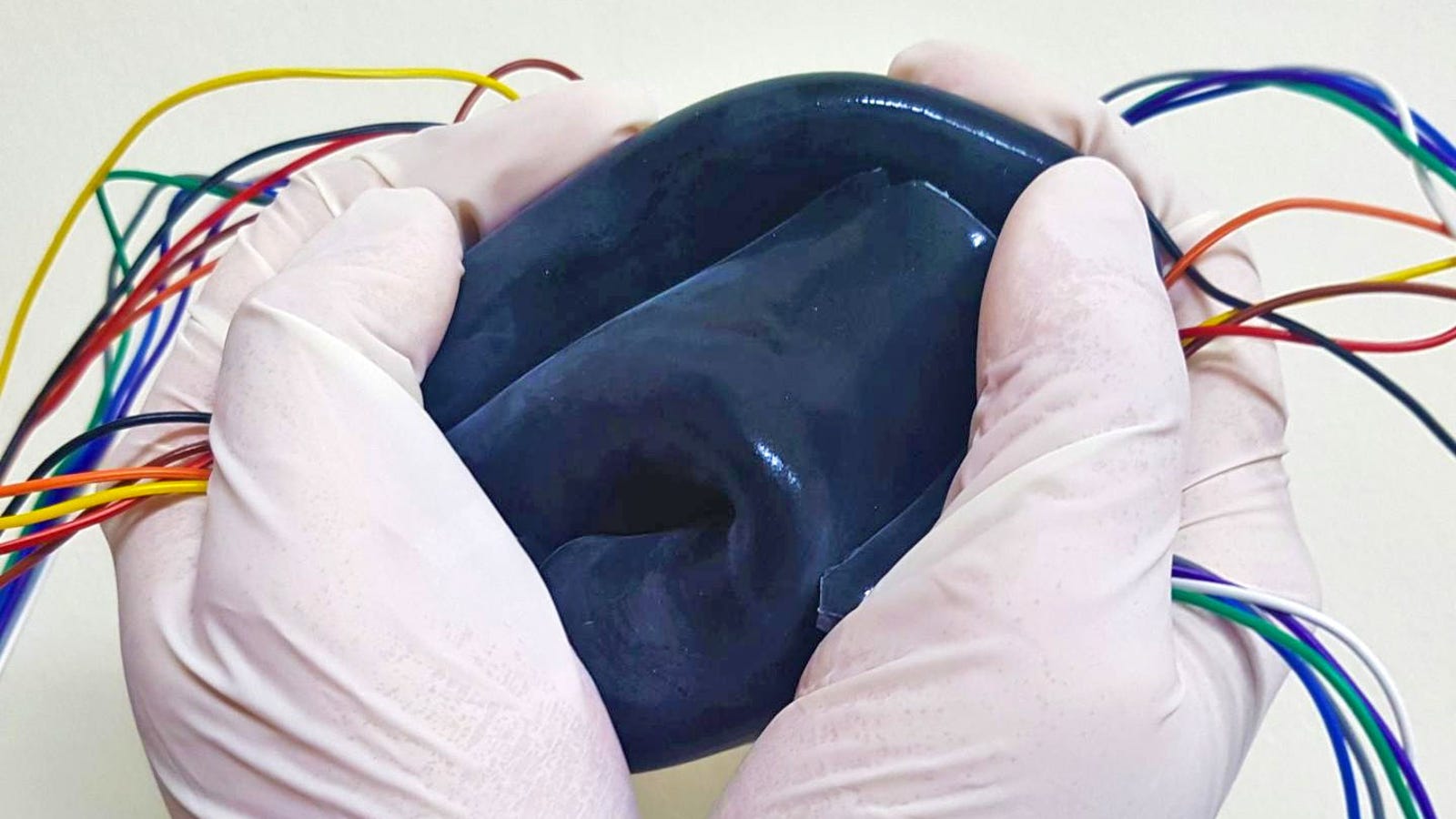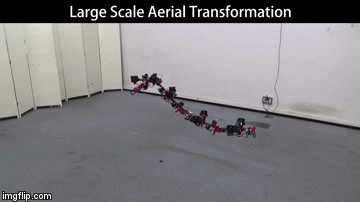Ajit Pai Is Apparently a Comedy Vlogger Now
https://ift.tt/2MceLfx

Telecom shill and FCC Chairman Ajit Pai is on some sort of Mark Zuckerberg-style tour of America’s heartland, and he’s uploaded his first vlog that he’s labeled as “comedy.”
On Thursday, the man who spearheaded the death of net neutrality uploaded this strange clip of himself hanging out in Twin Falls, Idaho. The 44-second clip is the only video on Pai’s channel. Among the questions it raises is, why is it titled “Twin Falls 2?” We know Pai is a film buff, so maybe he was making a subtle reference to the little-remembered indie flick, Twin Falls, Idaho. Then again, there’s the perplexing fact that it’s labeled in the “comedy” category and the only funny thing about it is Pai’s ever-amusing goon face. It’s possible that Twin Falls 1 was the setup and this is the hilarious punchline. We’d ask Pai what’s going on here, but considering he’s been working hard to abandon efforts to get better access to broadband in rural areas, there’s no telling when he’ll get our message.
In the video, Pai talks about the beautiful scenery and highlights some project that Idahoans are working on to improve their own networks as the government hands more and more power to a few private pseudo-monopolies. I guess the message is supposed to be along the lines of, “See, even though the FCC isn’t helping, taxpayers can do the job for us.” Heh, I guess that is kind of funny.
You can watch the clip below and make sure to leave a comment on his YouTube page.
Tech
via Gizmodo http://gizmodo.com
June 21, 2018 at 04:57PM




blog comments powered by Disqus